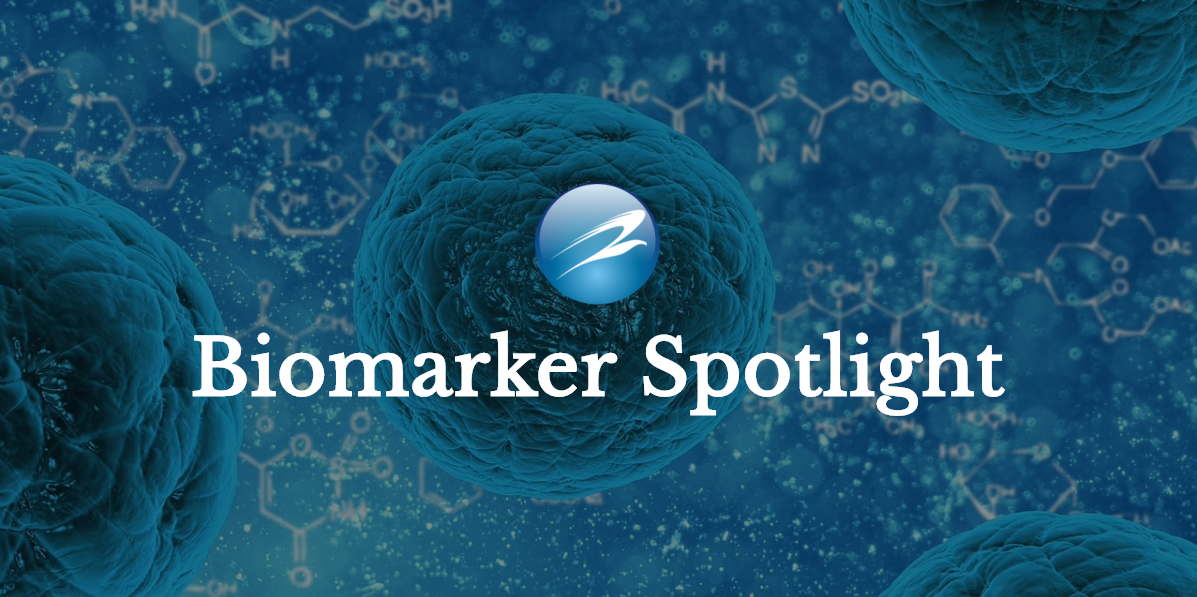
Glycoprotein 2 (GP2), the pancreatic major zymogen granule membrane glycoprotein, is has been recognized in recent years as the major antigenic target of Crohn’s Disease specific anti-pancreatic antibodies. Anti-Glycoprotein (Anti-GP2) IgA and IgG antibodies have been studied as critical biomarkers for the detection of a number of diseases, including Crohn disease, ulcerative colitis, pancreatitis, and inflammatory bowel disease.
Pancreatitis GP2 ELISA
Eagle partner Generic Assays offers a highly sensitive ELISA for the detection of acute pancreatitis-specific GP2 in serum.
Read more about related products by following these links:
Pancreatitis GP2
Sharpening the CD/UC discrimination: Antibodies to Glycoprotein 2
Pancreatic GP2-Specific Auto-Antibodies are Markers of Crohn’s Disease
GP2 Antibody Assays can be found here:
Anti-GP2 (Glycoprotein 2) IgA ELISA Assay Kit
Anti-GP2 (Glycoprotein 2) IgG ELISA Assay Kit
Contact us for more information about our GP2 related assay kits.
References
Lael Werner, Daniela Paclik, Christina Fritz, Dirk Reinhold, Dirk Roggenbuck, Andreas Sturm. Identification of Pancreatic Glycoprotein 2 as an Endogenous Immunomodulator of Innate and Adaptive Immune Responses. The Journal of Immunology. September 15, 2012, 189 (6) 2774-2783; DOI: 10.4049/jimmunol.1103190. https://doi.org/10.4049/jimmunol.1103190
Bogdanos, Dimitrios P.; Roggenbuck, Dirk; Reinhold, Dirk; Wex, Thomas; Pavlidis, Polychronis; von Arnim, Ulrike; Malfertheiner, Peter; Forbes, Alastair; Conrad, Karsten; Laass, Martin W. (2012) Pancreatic-specific autoantibodies to glycoprotein 2 mirror disease location and behaviour in younger patients with Crohn’s disease. BMC Gastroenterology. 102 (12) 1; DOI: 10.1186/1471-230X-12-102. https://doi.org/10.1186/1471-230X-12-102
Roggenbuck, D., Goihl, A., Hanack, K., et al. (2016). Serological diagnosis and prognosis of severe acute pancreatitis by analysis of serum glycoprotein 2. Clinical Chemistry and Laboratory Medicine (CCLM), 55(6), pp. 854-864. Retrieved 23 Sep. 2019, from doi:10.1515/cclm-2016-0797.
Valentina Somma, Hani Ababneh, Ahmad Ababneh, et al., “The Novel Crohn’s Disease Marker Anti-GP2 Antibody Is Associated with Ileocolonic Location of Disease,” Gastroenterology Research and Practice, vol. 2013, Article ID 683824, 7 pages, 2013. https://doi.org/10.1155/2013/683824.
Shulan Zhang, Ziyan Wu, Jing Luo, Xuefeng Ding, Chaojun Hu, Ping Li, Chuiwen Deng, Fengchun Zhang, Jiaming Qian, Yongzhe Li. (2015). Diagnostic Potential of Zymogen Granule Glycoprotein 2 Antibodies as Serologic Biomarkers in Chinese Patients with Crohn Disease. Medicine, 94 (42). doi: 10.1097/MD.0000000000001654.







